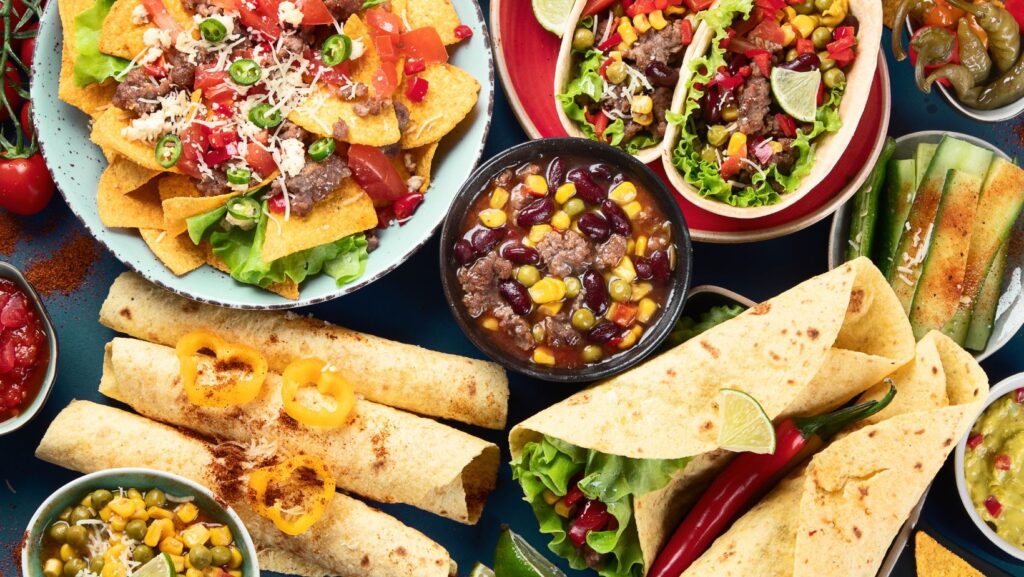
Restaurant profitability hinges on consistent local traffic. In an industry defined by high overhead and tight margins, every marketing investment must directly contribute to filling tables. While social media creates buzz, the most reliable diners are often the ones within a short radius of your location. The crucial question for management is not whether to market locally, but how to measure the financial return of that effort.
The key to successful restaurant marketing is replacing the guesswork of traditional promotions with precise, verifiable data.
Identifying the hidden cost of traditional outreach
Many restaurants run local campaigns – sending mailers or distributing coupons – but lack the tools to measure results beyond a general uplift in sales. If a campaign costs $2,000, and sales rise by $5,000, was that increase due to the campaign, or was it simply good weather? Without a tracking system, it’s impossible to know. This ambiguity makes it hard to scale successful efforts and stop wasteful ones.
The complexity of the food service business demands that owners and managers have clear data to justify every expense, including the time and money spent on local advertising.
Geographic targeting: serving the neighborhood
Modern marketing techniques allow restaurants to precisely target their most valuable local customers. Instead of sending promotions across an entire postal zone, sophisticated mapping tools let you narrow the distribution to specific streets, business parks, or apartment buildings within a tight radius. This focus ensures that your limited-time offers or grand opening announcements reach people who are geographically able and likely to visit.
For example, a high-end bakery might target surrounding office buildings with a lunch special coupon, while a pizzeria might target family homes with a dinner deal. This level of intentionality makes the campaign more efficient and respects the local community by not littering mailboxes with irrelevant offers. A report from Statista indicated that 63% of consumers say they have been influenced by a coupon, discount, or deal when deciding where to eat, confirming the power of a tangible, value-based offer.

Building the data loop from door to till
To measure the true return on investment, every physical promotion must act as a measurable step in the customer journey. This means using:
- Unique Codes: A specific discount code or sequence of numbers (e.g., DINNER507) used only for that physical distribution run.
- Dedicated QR Codes: A code printed on the material that directs customers to a campaign-specific landing page for reservations or online ordering.
When a customer redeems this unique code in person or online, the transaction is instantly tied back to the original physical campaign. This gives the restaurant manager the clean data needed to calculate the exact ROI.
Professionalizing the distribution process
For a restaurant manager, overseeing the physical delivery of materials often takes time away from kitchen or front-of-house operations. Using a reliable partner that handles the logistics and provides transparency is a valuable time-saver.
A company like Oppizi can step in to manage the entire process, from hyper-targeting the areas to ensuring that the flyer distribution is executed reliably. They use GPS-verified tracking for their delivery teams and provide a dashboard showing the performance data from redeemed codes. This approach replaces operational uncertainty with verifiable proof of execution and clear campaign results. This level of transparency makes it easier to justify the spend on local outreach.
By embracing data-driven distribution, restaurant owners can stop guessing which promotions work. They gain a measurable, cost-effective way to drive local foot traffic, ensuring every promotional dollar contributes directly to the bottom line.
